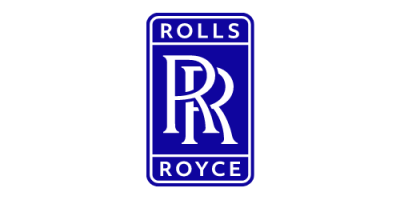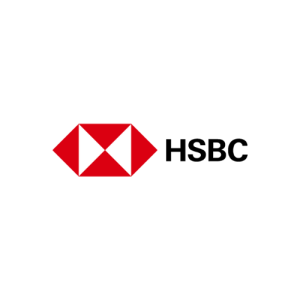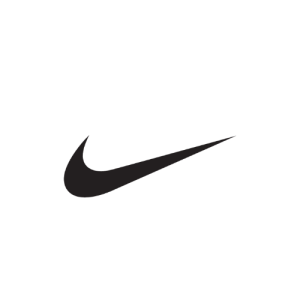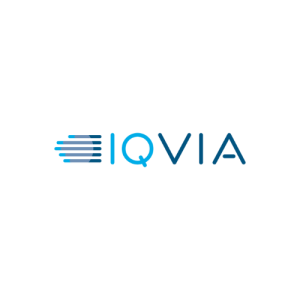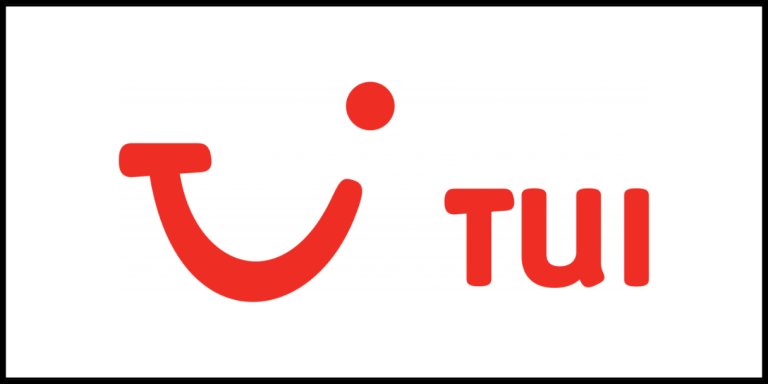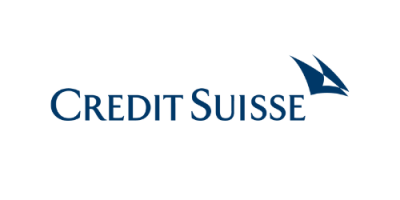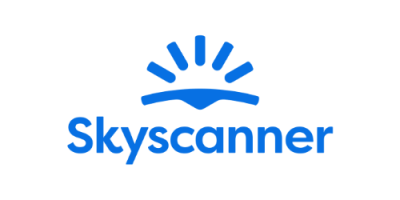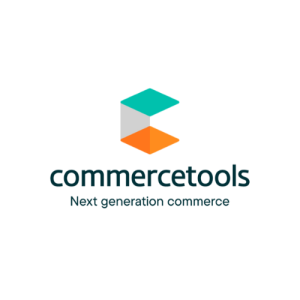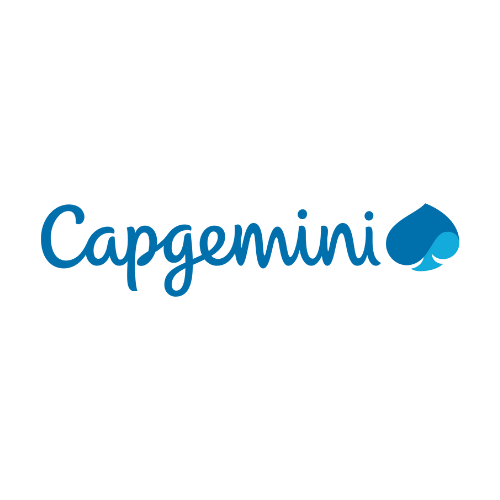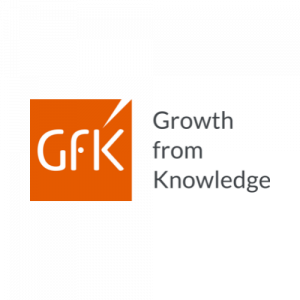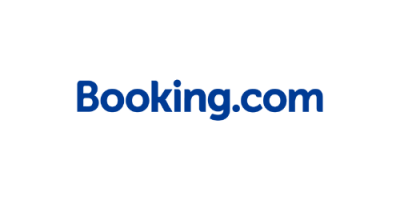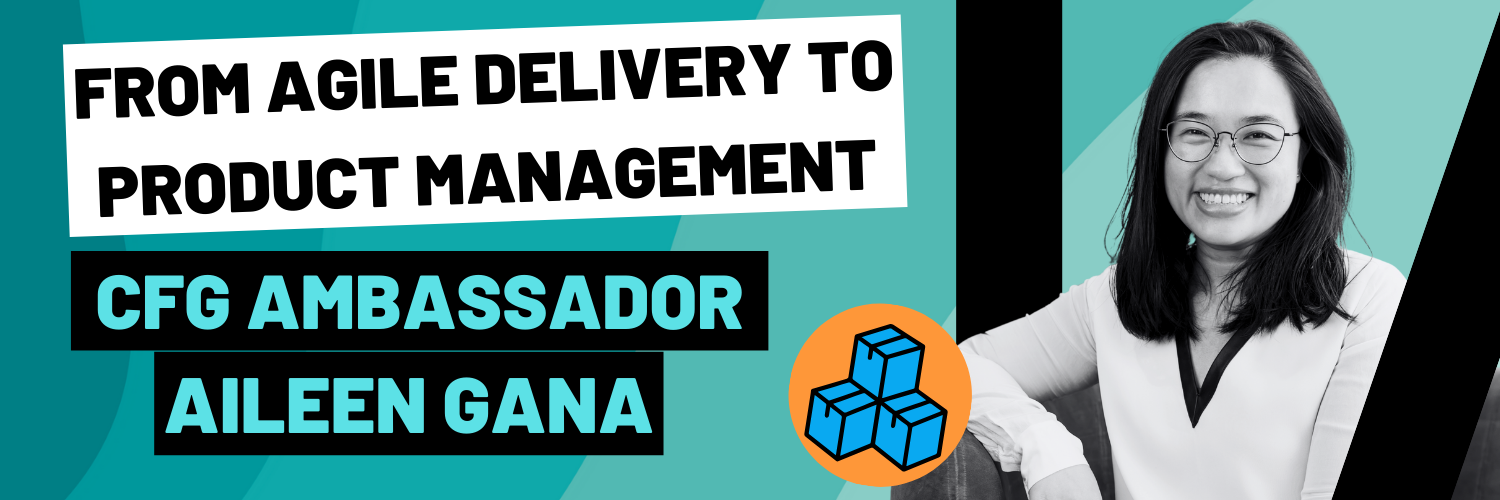
Content Menu
How I Pivoted from Agile Delivery to Product Management
Hi, I’m Aileen Gana, a Product Manager in fintech who loves channelling my entrepreneurial spirit into building innovative solutions both at work and in my personal projects. When I’m not crafting product strategies, you’ll usually find me on the golf course, tennis court or padel court. I also share my latest adventures and product insights on Instagram @aileen.builds.
Career pivots can feel daunting, especially when you’re venturing into uncharted territory. My journey from chemical engineer to agile delivery manager to product manager has taught me that the most rewarding paths are often the ones you never planned to take. If you’re considering a move into product management, or wondering whether your current skills could translate into this exciting field, I hope my story shows that with curiosity, determination and the right support, any career transition is possible.
My Winding Path to Product Management
My career journey started in a completely different world. After studying chemical engineering at university, I spent three years working at a downstream refinery in South England. It was stable, well-paying work, but when COVID hit in 2020, it gave me the space to reflect on what I really wanted from my career and life.
I missed London and craved being part of a more dynamic industry. That’s when I remembered Code First Girls. I’d first encountered them in 2016 at university, where I completed a basic HTML course. During lockdown, I decided to dive back into coding, completing Python and SQL Coding Kickstarters. The experience was transformative, I had so much fun meeting other women in tech and building games and search tools that I knew I wanted to make tech my new home.
Interestingly, this wasn’t my first entrepreneurial experience. In high school, I ran an online shoe store for three years, before retiring it to start my chemical engineering degree in 2013. That early taste of business ownership and customer focus would later prove surprisingly relevant to product management.
Landing in Agile Delivery
After many interviews and a steep learning curve, I pivoted into tech as an Agile Delivery Manager at a challenger bank. The role was challenging but rewarding, and I even completed a Scrum Master certification to strengthen my foundation.
It was during this time that my interest in product management began to grow. My boss recommended “Inspired” by Marty Cagan, which is often called the bible of product management, and as I read about product thinking and customer-centric approaches, I had a lightbulb moment. Running my online shoe store had actually been a form of product management: both were about solving customer problems and delivering the best possible experience.
For four years, I worked as an Agile Delivery Manager, collaborating with product and engineering teams to deliver effectively. I focused on building sustainable team culture, keeping everyone informed about potential blockers, and managing changes in business objectives. I loved working in the background to enable my teams’ success, but I couldn’t shake the growing interest in product management.
Making the Leap into Product Management
My first real step into product management came when a senior product manager at ClearBank needed extra capacity. I jumped at the chance to work alongside them, and I immediately knew I wanted to transition fully. When a product manager role opened up, I didn’t hesitate.
Now I’m the product manager for billing – it’s internal product management, which is often overlooked, but it’s actually the perfect playground to learn and help the company grow from the foundations up. Internal products might not have the glamour of customer-facing features, but they’re crucial for business operations and offer incredible learning opportunities.
What Agile Delivery Taught Me About Product Management
My background in agile delivery has been invaluable in my product management role. Here are the key lessons that transferred seamlessly:
Culture is everything. Agile delivery taught me that with the right team culture, you can achieve anything. If you don’t know the answer to something, someone else will – you just need to find out who that is and how their knowledge can solve the problem.
Continuous learning is essential. You can do anything if you really want to – you just have to be willing to pick up new skills along the way. This growth mindset has been essential in product management.
Stakeholder management is crucial. The most important thing I learned is to keep all involved parties updated. No one likes surprises, and managing expectations proactively prevents so many problems down the line.
The Biggest Differences Between Agile Delivery and Product Management
The transition from agile delivery to product management brought some significant changes:
Backlog ownership – the biggest shift is that I’m now accountable for the product backlog, and the team looks to me for strategic direction. This felt strange at first, but having a supportive team and manager who trust and empower me has made all the difference.
Strategic thinking – while agile delivery is about ensuring smooth execution, product management requires more strategic thinking about what to build and why. I’m now responsible for understanding customer needs and translating them into a product roadmap.
Direct customer impact – in agile delivery, I was enabling others to solve customer problems. Now, I’m directly responsible for identifying and solving those problems myself.
When I moved into billing, I initially felt embarrassed that I didn't have all the answers immediately. I had to learn that it’s okay not to know everything right away. My biggest advice for new product managers is to get to know your domain deeply and lean on your colleagues. Curiosity and willingness to learn are strengths, not weaknesses.
Tips for Aspiring Product Managers
If you’re considering a move into product management, here’s what I wish I’d known:
Be genuinely curious. You need to want to solve customer problems and be creative about how you approach them. Product management is fundamentally about understanding needs and finding innovative solutions.
Remember there’s no set path. My journey from chemical engineering through agile delivery to product management proves there’s no single route into this field. Focus on asking for the right experiences and being open to opportunities.
Use your transferable skills. Whatever your background, you likely have skills that translate to product management. My entrepreneurial experience, analytical thinking from engineering, and stakeholder management from agile delivery all contribute to my effectiveness as a product manager.
Network and learn. Connect with other product managers, read industry publications, and don’t be afraid to reach out for informational interviews. The product management community is generally very supportive of newcomers.
Why I’m Excited About the Future of Product Management
I’m thrilled to be diving deep into the billing domain. Whilst I’m still learning the intricacies, I’m excited to develop the roadmap and strategy that will help our business continue to grow.
Internal products like billing might not seem glamorous, but they’re the backbone of any business. Getting to optimise and improve these foundational systems feels like having a direct impact on the company’s success from the ground up.
Beyond my day job, I’ve discovered that I’m naturally restless when it comes to building and creating. This drive has led me to continuously work on side projects – from exploring new product ideas to experimenting with different business models. I document some of these building adventures on my Instagram @Aileen.builds, where I share insights about product thinking and the entrepreneurial journey. There’s something incredibly fulfilling about applying product management principles to personal projects and seeing ideas come to life outside the corporate environment.
Conclusion
My journey from chemical engineering to agile delivery to product management has shown me that career pivots can be challenging but deeply rewarding. The key is to stay curious, keep learning, and recognise how transferable your existing skills are.
If you’re thinking about making the change, remember there’s no perfect time to make the leap, but there’s never been a better time to start preparing. Take a course, read industry blogs, volunteer for product-related projects in your current role, or simply start playing closer attention to the products you use every day. Every product manager’s story is unique, and yours could be exactly what the industry needs.
Ready to explore a career in this field? The CFGdegree offers a product management career stream designed to give you the skills and confidence to make your pivot.



